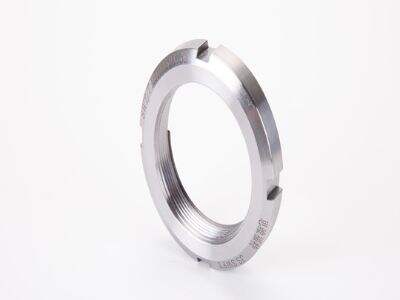When it comes to CNC machining, spindle RPM is one of the biggest determining factors in quality and efficiency during a manufacturing process. Spindle RPM required for different materials can be very wide, and knowing how to do it correctly is crucial in achieving high precision and efficiency of the CNC milling process.
A part of CNC machining we must understand is that a spindle RPM is as important as the speed at which a spinning top is
As the top needs the perfect speed to effectively spin, cnc lathe spindle also need an accurate RPM spindle to ensure material is cut correctly. Spindle RPM: the rotation rate of a cutting tool; this directly affects how quickly and efficiently you can cut/shave material.
For CNC milling, every material has different properties and hardness, so we need to match the spindle RPM with its working
A higher cnc spindle might also be required in softer materials like aluminum to prevent the material from getting stuck on the tool and producing more friction/heat than is tolerable. Softer materials can allow the spindle to run faster, while harder materials, such as steel, may see reduced RPMs in order to prevent wear on the cutting tool.
When deciding the optimal spindle RPM for CNC cutting, several questions, such as geometry and depth of cut, can play a role in addition to the surface finish you want from your part
Each type of cutting tool has its own speed, which is determined by the manufacturer, and because you are doing a rotating cut, you should try to feed your part with the correct spindle rotation RPM. Also, deeper cuts may only be made at lower electric spindle RPMs to keep things from getting too hot, while higher RPMs might be needed for finishing passes that must leave a smooth surface.
Selecting your spindle RPM correctly will help you to make more efficient and accurate cuts, resulting in better quality CNC machine parts
The choice of the RPM for the material and the cutting scenario can effectively reduce tool wear, allowing both a longer operating time and a higher quality product in less time. This focus and attention to detail, along with their precision, is why SWT is one of the leading cnc mill spindle service providers in Australia.
Start with the recommended cutting speeds and feeds from the manufacturer when choosing spindle rpm for your CNC materials —Aluminum, Steel, etc.
These guidelines are useful to know the optimum spindle RPM that should be selected for a given material. Test cuts are another great way to fine-tune your desired state and involve performing material test cuts at different RPM set points.
Therefore, the perfect spindle RPM for different CNC materials holds much significance with regard to a successful pruning process. Manufacturers who understand the significance of spindle RPMs and factors like material hardness and cutting conditions, and those who undertake the optimization tips, can achieve a new dimension of precision along with efficiency through their CNC milling operations. Complementing the expertise and dedication of SWT, customers can be confident in our promise to deliver machined parts refined with a level of precision and reliability that is second-to-none.
Table of Contents
- For CNC milling, every material has different properties and hardness, so we need to match the spindle RPM with its working
- When deciding the optimal spindle RPM for CNC cutting, several questions, such as geometry and depth of cut, can play a role in addition to the surface finish you want from your part
- Selecting your spindle RPM correctly will help you to make more efficient and accurate cuts, resulting in better quality CNC machine parts
- Start with the recommended cutting speeds and feeds from the manufacturer when choosing spindle rpm for your CNC materials —Aluminum, Steel, etc.


